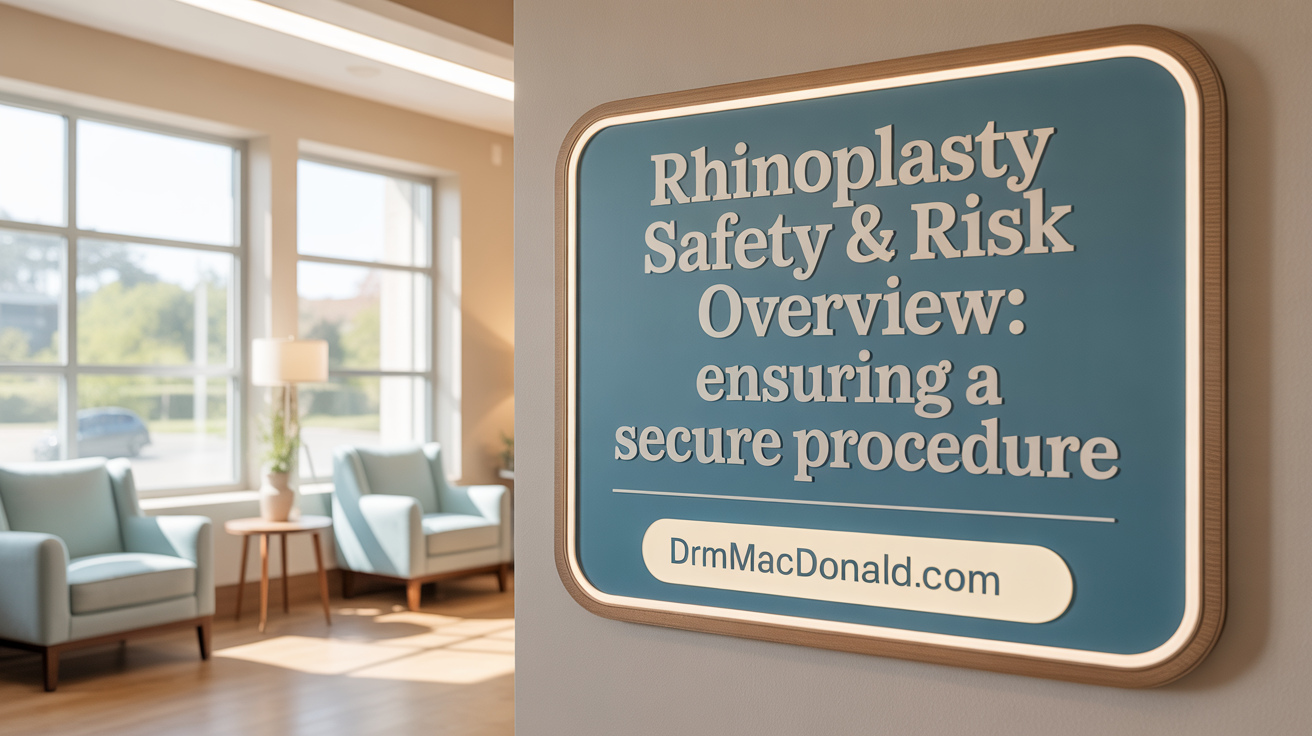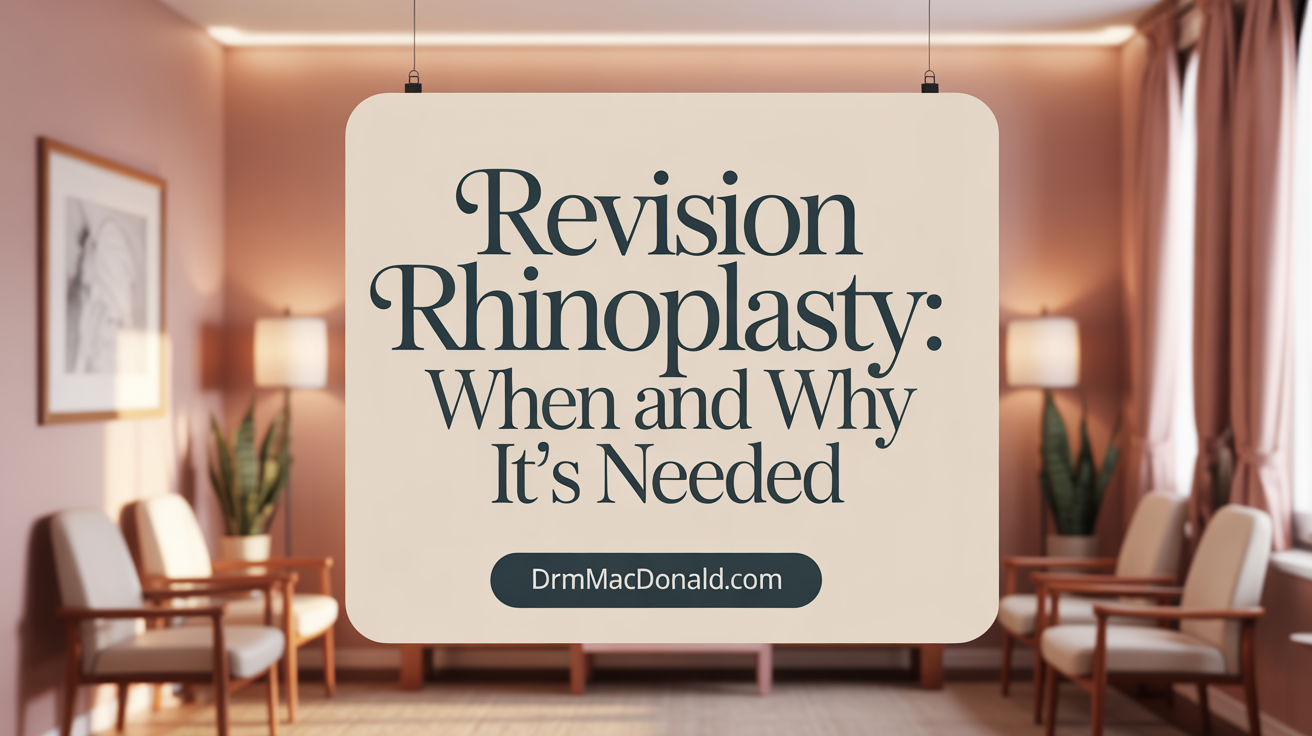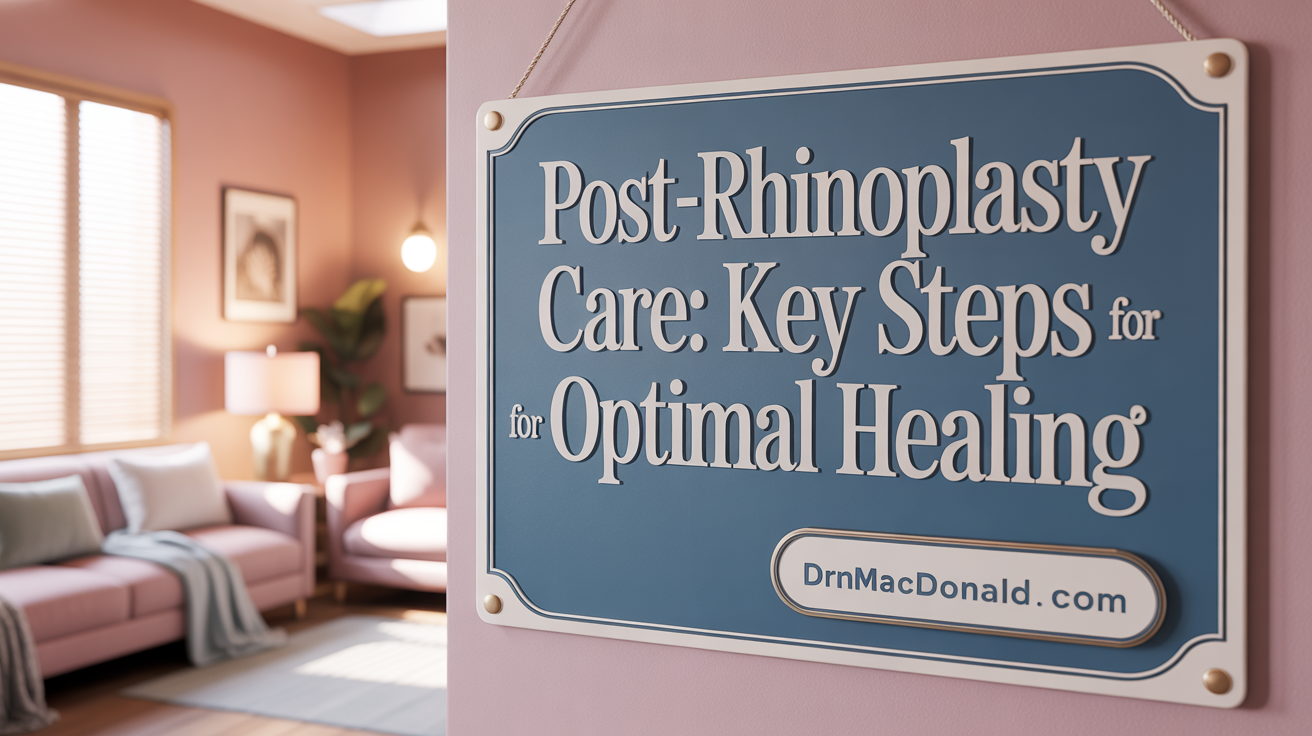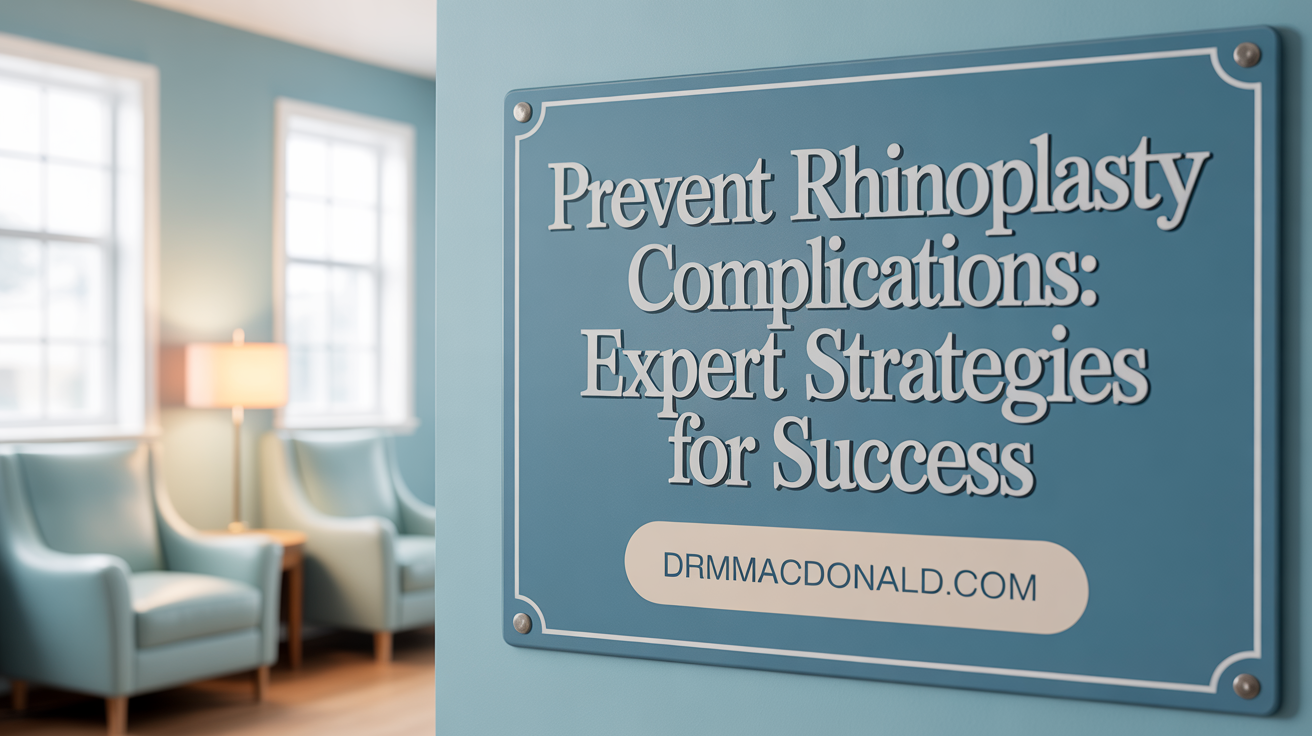Introduction to Rhinoplasty and Its Risks
Rhinoplasty, popularly known as a nose job, is a surgical procedure aimed at enhancing facial harmony by reshaping the nose. While the results can be transformational and long-lasting, it is essential to understand that this surgery carries risks and potential complications. Patients must weigh benefits against possible adverse outcomes and engage thoroughly in pre- and post-operative care to ensure optimal results and minimize complications. This article delves into common complications, preventive strategies, treatment options, and essential care advice following rhinoplasty.
Common Complications of Rhinoplasty: What to Expect

What are the most common complications of rhinoplasty?
The most frequent issues experienced after rhinoplasty are swelling, bruising, and temporary changes in skin sensation such as numbness or tingling. Many patients also report some degree of nasal bleeding, which usually subsides quickly. While these are common and often mild, there are more serious but less frequent risks like infection, poor wound healing, and scarring. In some cases, the final shape may not meet patient expectations, necessitating revision surgery.
Types of complications
Rhinoplasty can involve a variety of potential complications. These include:
| Complication | Description | Additional Notes |
|---|---|---|
| Bleeding | Excessive bleeding during or after surgery | May require additional intervention if severe |
| Infection | Infection at incision site or internal tissues | Usually managed with antibiotics |
| Septal perforation | Hole in the nasal septum | Can cause breathing difficulties or crusting |
| Poor wound healing | Wounds may heal slowly or form excessive scars | More common with open rhinoplasty |
| Skin discoloration | Changes in skin color over the nose | Usually temporary but can be permanent in some cases |
| Unsatisfactory appearance | Final result differs from expectations | May need revision rhinoplasty |
| Loss of smell | Temporary or permanent alterations | Usually resolves over time |
| Breathing difficulties | Obstructed airflow due to structural changes | Proper support and surgery techniques help prevent |
| Graft/extrusion issues | Implants may shift or extrude | Requires revision surgeries |
Impact on patients
Patients often experience both physical and emotional impacts from these complications. Swelling and bruising can last for days or weeks, impacting daily activities and self-image. More significant issues like breathing problems or dissatisfaction with appearance may lead to further procedures, emotional distress, or anxiety. Fortunately, most risks can be minimized with careful surgical planning, experienced surgeons, and diligent post-operative care.
| Common Postoperative Symptoms | Management Strategies | When to Seek Medical Help |
|---|---|---|
| Swelling & bruising | Ice packs, elevation, analgesics | If swelling worsens or persists beyond expected timelines |
| Nosebleeds | Applying pressure, medications | Sudden or heavy nosebleeds necessitate prompt medical attention |
| Pain & discomfort | Pain medications, rest | Severe or uncontrolled pain needs urgent evaluation |
| Changes in breathing | Nasal sprays, consultation | Impaired breathing, persistent congestion |
| Infection signs | Antibiotics, hygiene | Fever, pus, or worsening symptoms |
Rhinoplasty remains a popular surgical option for enhancing facial harmony, with most patients experiencing satisfactory outcomes. Being aware of potential complications and maintaining close communication with your surgeon are essential steps toward safe and successful surgery.
Assessing the Safety and Mortality Risks of Rhinoplasty

How dangerous is rhinoplasty in terms of mortality and risks?
Rhinoplasty is widely regarded as a safe surgical procedure, with a very low risk of mortality. The mortality rate is approximately 0.85 per 100,000 surgeries, making it a relatively safe option for facial enhancement.
However, like all surgeries, rhinoplasty carries potential risks. Common complications include reactions to anesthesia, bleeding, infection, breathing difficulties, and scarring. These risks can be minimized by performing the procedure at accredited surgical centers with experienced, board-certified surgeons.
Anesthesia risks are notable but manageable, involving potential allergic reactions, cardiovascular effects, or breathing issues. Proper preoperative assessments and anesthesia protocols help mitigate these concerns.
Overall, the likelihood of severe complications remains low, especially when patients select qualified surgeons and adhere strictly to pre- and post-operative instructions. Awareness of possible risks and prompt reporting of symptoms like unusual bleeding, persistent pain, or breathing problems are critical for safe recovery.
Patient safety also depends on careful preoperative evaluation, avoiding certain medications before surgery, and adequate postoperative care, including monitoring for infection, managing swelling, and ensuring proper wound healing.
In summary, rhinoplasty is a safe procedure with excellent safety statistics. When conducted by experienced surgeons and with diligence in following medical advice, patients can expect minimal risks and significant aesthetic benefits.
Why Revision Surgery May Be Necessary After a Nose Job

What percentage of rhinoplasty procedures require revision surgery due to complications or deformities?
Approximately 5% to 15% of rhinoplasty procedures require revision surgery. This range reflects cases where patients experience postoperative deformities such as saddle nose, inverted-V deformity, alar retraction, or are dissatisfied with the aesthetic outcome.
Several factors contribute to the need for revision. These include the surgeon’s technique, the patient's unique anatomy, and how well healing progresses. Some patients may develop scar tissue or experience asymmetry, prompting additional surgery.
Revision surgeries are aimed at correcting these issues and are often successful in enhancing the final appearance and function of the nose. They are an important aspect of rhinoplasty, offering patients a chance to refine their results and address any complications.
Causes of revision
The most common causes include over- or under-correction during the initial procedure, unnatural appearance, persistent bumps, deformities, or breathing difficulties. Postoperative swelling that doesn't fully resolve or unexpected scarring can also necessitate further intervention.
Surgical challenges
Performing revision rhinoplasty is often more complex due to altered anatomy, existing scar tissue, and decreased tissue elasticity. These challenges demand a highly experienced surgeon to navigate delicate structures and achieve desired outcomes.
Patient outcomes
Successful revision surgery can significantly improve both nasal appearance and breathing function. Patients often report higher satisfaction levels after addressing initial concerns.
| Aspect | Details | Additional Information |
|---|---|---|
| Revision Rate | 5% to 15% | Influenced by surgical skill and patient factors |
| Common Causes | Deformities, aesthetic dissatisfaction | Includes saddle nose, asymmetry, scarring |
| Surgical Difficulty | Higher due to scar tissue | Requires specialized techniques |
| Impact on Patients | Improved appearance, function | Increased satisfaction and quality of life |
Understanding when and why revision surgery is needed can help set realistic expectations and guide patients in choosing experienced surgeons for their rhinoplasty.
Post-Surgical Care: Essential Steps for Successful Healing

What does post-surgical care typically involve after rhinoplasty?
Post-rhinoplasty recovery focuses on supporting the nose as it heals and reducing the risk of complications. Patients are advised to keep their head elevated, even while sleeping, to minimize swelling and promote proper drainage of fluids. Applying cold compresses or ice packs around the nose and eyes can help decrease swelling and bruising, which are common in the initial days.
It is crucial to avoid strenuous activities, heavy lifting, and vigorous exercise for at least 2-3 weeks. These activities can increase blood pressure and risk bleeding or swelling. Patients should also refrain from blowing or rubbing their nose for at least a week to prevent disrupting the healing tissues or sutures.
Medications play a vital role in recovery. Following the surgeon’s prescribed schedule for painkillers, antibiotics, and any other medications helps control discomfort and reduce infection risk. Protecting the nose from trauma or accidental bumps, especially during the early healing phase, is essential. Patients should also avoid sun exposure to prevent skin discoloration around the nose.
Close follow-up visits with the surgeon are integral to successful healing. These appointments allow the doctor to remove splints or sutures, assess the healing process, and early identify any issues such as infection, bleeding, or abnormal scarring. Patience is necessary, as it can take up to a year for the final shape and refinement of the nose to be visible, with swelling gradually subsiding and healing completing.
Adhering to these post-surgical care guidelines maximizes the chances of attaining optimal cosmetic and functional results from rhinoplasty.
Proactive Strategies to Prevent Nose Job Complications

What are effective strategies to prevent complications following a nose job?
Preventing issues after rhinoplasty involves careful planning and execution at every stage of the process. A highly experienced surgeon conducts a comprehensive pre-operative assessment, ensuring the patient is an appropriate candidate and that all risks are minimized. Utilizing minimally invasive surgical techniques can also reduce trauma to tissues, lowering the chances of swelling, scarring, and other postoperative problems.
During surgery, meticulous handling of tissues and precise management of any implants or grafts are essential. This careful approach helps prevent complications such as infection, septal perforation, or implant extrusion. A focus on preserving nasal support structures maintains function and appearance.
Postoperative care plays a crucial role in preventing complications. Patients should follow all instructions diligently—avoiding trauma to the nose, refraining from smoking, and taking prescribed medications properly. Protecting the nose from environmental irritants and extreme physical activity prevents swelling and bleeding. Regular follow-ups allow early detection and management of any issues.
Furthermore, patient education is vital. Setting realistic expectations and informing patients about the healing process helps reduce dissatisfaction and encourages adherence to care routines. This includes understanding that swelling can last for up to a year and recognizing early signs of complications like abnormal bleeding, severe pain, or infection.
Incorporating these strategies supports optimal healing, preserves both function and aesthetics, and significantly reduces the risk of postoperative complications.
| Strategy Aspect | Specific Actions | Explanation |
|---|---|---|
| Pre-operative Planning | Thorough assessment, imaging, and patient discussion | Ensures suitability and prepares the patient |
| Surgical Techniques | Minimal tissue trauma, precise implant use | Reduces tissue damage and complication risk |
| Patient Education | Clear instructions, setting expectations | Improves adherence and satisfaction |
| Postoperative Care | Monitoring, medication, protective measures | Promotes healing and early problem detection |
| Lifestyle Habits | Smoking cessation, environmental protection | Enhances recovery and reduces complication likelihood |
Proper application of these measures, supported by skilled surgical practice and diligent patient cooperation, makes rhinoplasty safer and more successful.
Treating Complications: Available Management Approaches
What treatment options are available to manage complications after rhinoplasty?
Handling complications following rhinoplasty depends on the specific issue encountered. For structural deformities like fractures, revision surgeries using grafts or cartilage reshaping are often necessary to restore nasal support and appearance.
In cases of a nose that isn’t meeting aesthetic expectations—such as persistent bumps, asymmetry, or undesirable shape—revision rhinoplasty might be performed. This allows the surgeon to correct previous over or under corrections.
Septal perforations, which are holes in the nasal septum, can be repaired through surgical techniques that use mucoperichondrial flaps to close the perforation. This procedure helps restore nasal structure and reduces symptoms like crusting or breathing difficulties.
Infection management typically involves antibiotics tailored to treat the specific bacterial cause. When abscesses or hematomas form, drainage might be necessary to prevent further tissue damage.
Vascular complications, such as blood vessel damage leading to excessive bleeding or tissue ischemia, require immediate intervention. Surgeons may need to control bleeding and restore proper blood flow to affected areas.
Non-surgical options, such as liquid rhinoplasty using dermal fillers, may temporarily improve appearance but involve risks like vascular occlusion if not carefully performed.
Early detection of these complications is vital. Addressing issues promptly enhances the chances of successful treatment, minimizes long-term effects, and reduces the need for more extensive surgeries later.
In summary, management strategies include surgical corrections like grafting, septal repair, and revision procedures, alongside non-surgical approaches. Each approach is tailored based on the complication’s nature and severity, with prompt attention being essential for optimal recovery.
Long-Term Side Effects and Outcomes to Consider
What are the potential long-term side effects of rhinoplasty?
Rhinoplasty is generally considered a permanent change to facial features; however, some long-lasting effects can occur over time. Persistent swelling, although rare, can last for months and may influence the final appearance of the nose.
Visible scars are typically minimized, especially with skilled surgeons, but in some cases, subtle scars may remain, particularly with open rhinoplasty techniques.
Changes in nasal function, such as breathing difficulties, can develop if structural support weakens or if swelling recurs, impacting airflow.
Structural concerns, like the weakening of the nasal framework, might lead to deformities or saddle nose deformity over many years, especially if excess tissue was removed during surgery.
Furthermore, natural aging processes can alter the nose’s shape and skin quality, sometimes causing an aged appearance or functional issues again, which might require revision procedures.
Overall, these outcomes heavily depend on surgical technique, individual healing, and how well post-operative care is followed. Regular follow-up with a surgeon can help manage and address long-term effects.
Recognizing Emergency Symptoms After Rhinoplasty
Critical symptoms
After rhinoplasty, it’s crucial to monitor for any signs of complications that could require urgent medical attention. Severe pain that is unmanageable with pain medications, uncontrolled heavy bleeding or nosebleeds, and sudden difficulty breathing are serious symptoms. Persistent or worsening swelling, especially if accompanied by darkening skin or vision changes, should not be ignored.
When to seek medical help
Patients should immediately contact their surgeon or go to the emergency room if they experience unusual symptoms such as severe pain, sudden heavy bleeding, signs of infection like fever or pus, or difficulty breathing. Quick response can prevent serious outcomes like airway obstruction or extensive infection.
Signs of infection or bleeding
Signs indicative of infection include fever, warmth, redness around the surgical site, or pus discharge. Excessive bleeding that does not stop with pressure, or large blood clots, requires urgent care. Additionally, symptoms like nose pressure, crusting, or whistling sounds can also suggest septal perforation or internal bleeding needing prompt evaluation.
Keeping an eye on these emergency symptoms and acting swiftly when they occur is vital for safe recovery. Always follow your surgeon’s instructions for post-operative care and report any concerning symptoms immediately.
Common Post-Rhinoplasty Symptoms and Their Management
Swelling and bruising
After rhinoplasty, swelling and bruising around the nose and eyes are common. They usually appear within the first few days and gradually diminish over days to weeks. To help reduce swelling, patients are advised to keep their head elevated and apply cold packs gently to the area. Bruising can be minimized by avoiding blood-thinning medications unless prescribed by the surgeon.
Pain management
Mild to moderate pain or discomfort is typical after surgery. Pain can often be relieved with over-the-counter medications like ibuprofen or acetaminophen. Applying ice packs to the affected areas can also help reduce soreness and swelling. Patients should follow their surgeon’s guidelines on pain control and avoid medications that increase bleeding risk, unless instructed otherwise.
Nasal irritation
Nasal irritation, such as a runny nose or a sense of dryness, may occur due to surgical manipulation or swelling of the nasal tissues. Using saline nasal sprays or rinses can help soothe irritation. Antibiotic ointments or sprays might be recommended if minor infections or dryness occur. It's important to keep the nose clean and avoid blowing it forcefully.
Symptom duration
Most swelling and bruising resolve within days to weeks. However, minor swelling can last up to a year before the final nasal shape is fully apparent. Any persistent or worsening symptoms should be reported to the surgeon promptly. Proper post-operative care and patience are vital for achieving optimal results.
| Symptom | Typical Duration | Management Tips | When to Seek Help |
|---|---|---|---|
| Swelling & bruising | Days to weeks; up to a year for final shape | Keep head elevated, cold packs, gentle massage | If swelling worsens or persists beyond expected period |
| Pain | Few days to a week | Pain medications, ice packs | Severe or unmanageable pain |
| Nasal irritation | First few weeks | Saline sprays, gentle cleaning | Signs of infection or prolonged dryness |
Patient Education: Setting Realistic Expectations and Ensuring Safety
Informed Consent
Before undergoing rhinoplasty, patients are thoroughly informed about the procedure, including its benefits and potential risks. They are asked to sign consent forms after their surgeon clearly explains possible complications such as infection, bleeding, changes in skin sensation, breathing issues, and the possibility of revision surgery. This process ensures patients understand what to expect and helps them make well-informed decisions.
Risks Discussion
Rhinoplasty carries various risks, some very rare but serious. Common complications include swelling, bruising, infection, temporary numbness, and unsatisfactory aesthetic results that may require additional surgeries. Serious risks like nasal septal perforation, significant bleeding, or airway obstruction are also discussed. Patients learn that all surgeries have inherent risks and the importance of reporting any unusual symptoms, such as severe pain or bleeding, immediately.
Importance of Surgeon Selection
Choosing an experienced, board-certified surgeon is crucial for safety and optimal results. Proper surgical technique and meticulous post-operative care can significantly reduce complication rates. Patients are advised to follow pre- and post-surgery instructions, including avoiding certain medications, smoking, and strenuous activities that could increase risks.
Patient Compliance
Post-operative care is essential for healing and complication prevention. Patients should keep the surgical site clean, avoid blowing their nose, and attend follow-up appointments. Recognizing warning signs like heavy bleeding, persistent pain, or breathing difficulties enables prompt medical intervention, reducing the chance of long-term issues.
By understanding these aspects, patients can approach rhinoplasty with realistic expectations and a focus on safety, ultimately leading to a smoother recovery and satisfactory outcomes.
Final Thoughts on Navigating Rhinoplasty Risks and Care
Rhinoplasty is a transformative surgical procedure with inherent risks and potential complications, ranging from minor infections and swelling to structural issues requiring revision surgery. Success relies on choosing an experienced surgeon, understanding the possible complications, following rigorous pre- and post-operative care instructions, and maintaining realistic expectations throughout the healing process. Prompt recognition and management of complications are vital to preserve both functional and aesthetic outcomes. With careful attention and proper care, patients can minimize risks and achieve the desired improvements with confidence.
References
- Rhinoplasty Risks and Safety | American Society of Plastic Surgeons
- Rhinoplasty (nose surgery) | Better Health Channel
- Rhinoplasty (Nose Job): Surgery, Recovery, Before & After
- Rhinoplasty Complications | Nose Job Risks - Rady Rahban, MD
- Better Understand All The Risk Associated With Rhinoplasty ...
- How to Tackle Post-Rhinoplasty Nasal Issues | Dr. Daniel Becker
- Complications of Rhinoplasty: Background, Problem, Epidemiology
